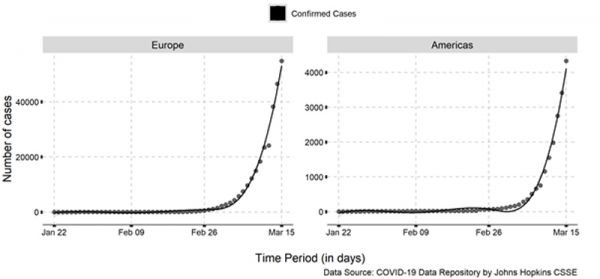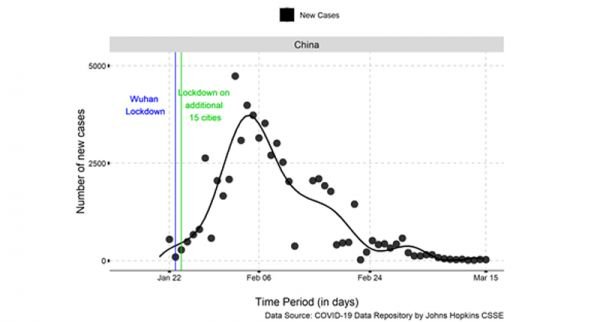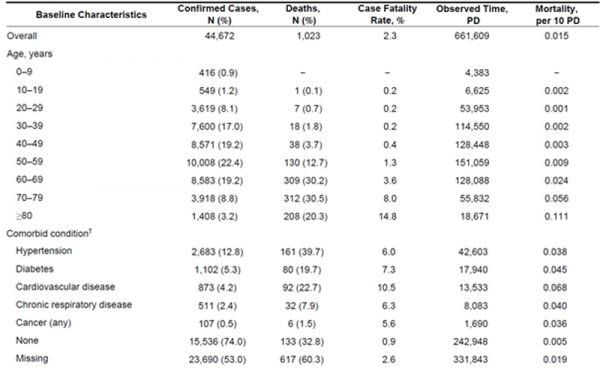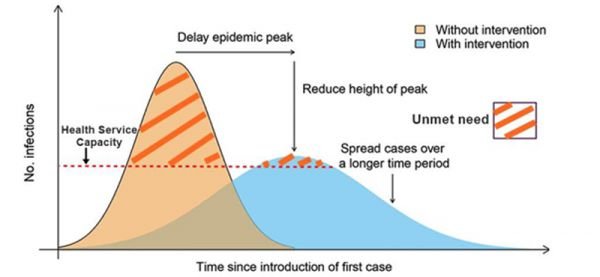"There will never be a more important time to make an impact than there is today," the French reinsurer said speaking about the re/insurance industry's role in the modern society. "There is more to be done and we are fortunate to be in a position of influence. We are calling on everyone in this industry to spread information on the seriousness of this situation and maximize the actions they are taking, for the good of our entire society."
As the letter signed by the full Executive Committee of SCOR shows, "one day, the pandemic will be over, but beyond the sanitary, economic and financial impact, this crisis has a structural impact. Things have changed: we will not return to the life we knew. We need to acknowledge that what looks like a disruption today, might actually become the new normal. There might well be a shift of paradigm, questioning the relevance of insurance, and reinsurance, to best address society's needs. What seemed an extreme scenario yesterday might in fact be part of this new normal."
In this context, sharing the correct and relevant information, making available the industry's specific abilities to support public action and setting a good example of practices becomes the only right course of action for re/insurers.
Here is what we know about COVID-19 according to SCOR's summary of information:
Looking at the confirmed infection rates we are seeing, it is obvious that this virus is spreading exponentially. On January 24, there were 16 cases of COVID-19 confirmed outside China. On March 17, we saw 197,098 confirmed cases in 143 countries.
These numbers are going to rise. Looking at the figure 1 below, we see that the virus is following the same path in all Western countries. Every person that becomes infected is infecting two to three others on average. For every person diagnosed, many more are carrying the virus without realizing it and are also infecting others. Before the symptoms appear, infected people are contagious for 2 to 3 days. It is also estimated that infected people, for a very large proportion of them, exhibit no or mild symptoms. Within the confirmed COVID 19 cases, this proportion is around 75-80%. Therefore, those people become the perfect "transporters" for the virus as they move around freely.
The number of confirmed COVID-19 cases starts off gradually and then rapidly escalates to an explosion point. As we are seeing today in Italy, this will cause huge problems for healthcare systems that have never experienced these numbers of people getting seriously sick at the same time.
Figure 1 - COVID-19: Cumulative cases between January 22 and March 15, 2020
Containment measures work
When we look at the same graph for Asian countries, we can observe the impact that containment measures have had. Looking at the figure 2 below, we see that China has now been successful in controlling the spread of the virus. Strict quarantine rules and strong responses in Singapore and Hong Kong have also been highly effective in reducing the spread of the virus in these countries.
Containment measures in these countries have been dramatic - with social interactions between people massively reduced. It has been very hard for citizens in these countries, but we can see the impact it has had. Drastic measures do work!
Figure 2 - COVID-19: Daily new cases in China between January 22 and March 2015, 2020
This virus particularly impacts the vulnerable members of our society. Looking at what we observe in China, Lombardy in Italy and South Korea, it is evident that case fatality rates are very dependent on age. We see much higher mortality rates observed for 70-year-olds plus, especially for those with health conditions that weaken the lungs and immune system.
Table 1 - Patients, deaths, and case fatality rates, as well as observed time and mortality for n= 44,672 confirmed COVID-19 cases in Mainland China as of February 11, 2020
Data source: CDC study "The epidemiological characteristics of an outbreak of 2019 Novel Coronavirus Diseases (COVID -19) - China, 2020". All COVID-19 cases reported through February 11, 2020 were extracted from China's Infectious Disease Information System. Analyses included the following: 1) summary of patient characteristics; 2) examination of age distributions and sex ratios; 3) calculation of case fatality and mortality rates; 4) geo-temporal analysis of viral spread; 5) epidemiological curve construction; and 6) subgroup analysis.
These are our parents, our brothers and sisters, our friends, our neighbours. These are the people who gave us what we have today. We owe it to them to fight this virus on their behalf.
Case fatality rates (CFR) in the Hubei province in China (4.5%) are much higher than for the rest of China (0.9%). The CFR in Italy (6.7%) is much higher than what we currently see globally (3.4%). We clearly see that when healthcare systems can no longer cope with the number of cases, outcomes significantly deteriorate.
If we look at official statistics of people that are currently confirmed infected in Italy (26,000 cases), we see that a significant amount of people (roughly 50% i.e. ~13,000) are currently hospitalized with serious respiratory problems and 8% (~2,100) are currently in intensive care. Our healthcare systems were not designed to cope with these situations. Hospitals cannot quickly gear up to treat large numbers of such patients in critical condition.
For this reason, we all need to take action today. Serious action. The measures we take today won't stop the virus spreading - it is too late for that. But they will determine whether we can slow it down so that our healthcare systems can cope. As shown in the figure 3 below, if we can spread the cases over a longer time period, we massively improve the situation.
Figure 3 - Intended impact of enhanced hygiene and social distancing measures on the COVID-19 pandemic
Data source: CDC study "Nonpharmaceutical Measures for Pandemic Influenza in Nonhealthcare Settings-Social Distancing Measures", Volume 26, Number 5-May 2020
2114 views





